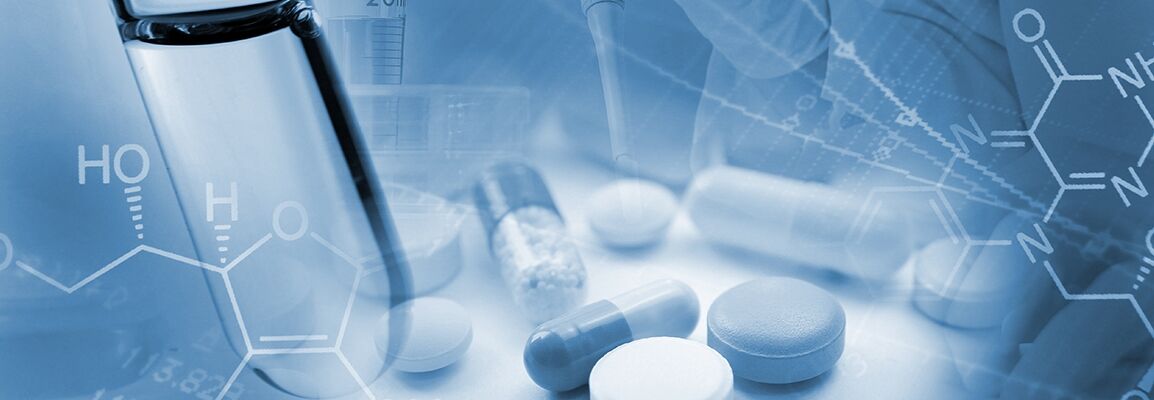

Empowering Drug Discovery and Development
Empowering Drug Discovery and Development
Discovering and developing a new drug, from starting the original research to delivering a completed product, is a lengthy, complex and expensive process. It can take between 12-15 years and cost upwards of $1 billion to bring one new drug to market.
However, powerful technology like nuclear magnetic resonance (NMR) spectroscopy can introduce a pre-screen stage that pinpoints the most interesting drug candidates for development – identifying the options that are most likely to succeed, and potentially saving considerable time and resource.
Discovering new drugs to treat human diseases, from bacterial infections to cancer, relies on the continued development of analytical technologies like NMR.
A Lengthy Conventional Process
The conventional drug discovery process begins with identifying the target, which is often a certain type of protein such as a G-protein coupled receptor (GPCR) or kinase. The second step is lead discovery, where potential drug candidates (hits) – either a small molecule or a larger biologic (such as a protein or antibody) with therapeutic potential – are identified.
These lead molecules must reach the drug target and display the desired activity. Here, high-throughput screening (HTS) is typically used to identify promising candidates for a lead (hit-to-lead). The aim of the hit-to-lead process is to produce more potent and selective compounds, which are then optimized to produce a safe and efficacious drug.
Speeding up the Process
Identifying promising leads through experimental HTS can be time consuming and expensive. In order to work, each drug must act upon the right target, and understanding the three-dimensional (3D) structures of these targets is fundamental in driving the fast-growing approach to drug research known as structure-based drug design.
Researchers in drug discovery and development depend on a range of tools to identify and qualify new drugs. High performance liquid chromatography (HPLC), mass spectrometry (MS), capillary electrophoresis (CE), and vibrational spectroscopies (infrared and Raman) are all used for HTS, but these methods are not capable of providing the detail needed to investigate the structure of these molecules and their targets.
The Benefits of NMR
NMR spectroscopy can be integrated into an automated workflow to rapidly determine the strength of binding of a drug candidate to the target. By using NMR, R&D laboratories can screen for tens of thousands of compounds, observe binding activity, and identify which targets to validate and bring forward into lead discovery.
For example, NMR has been identified as a key approach for building knowledge of GPCRs – a popular family of protein drug targets that regulate several important physiological processes, including cell proliferation, differentiation, neurotransmission, and cell death. NMR enables the study of dynamic features relating to the interaction between GPCRs and potential drug candidates, to help identify which are the most worthwhile drugs to invest development time and resource into.
Characterizing New Cancer Drugs
Cancer is the second-leading cause of death globally, with about 1 in every 6 deaths around the world attributed to cancer – or 9.6 million in 2018.
Cancer mortality rates have declined with the development of new, more effective treatments, but cancers are continually evolving, which can result in a cancer becoming resistant to available therapies. Once a cancer develops drug resistance it can continue to grow unchecked.
There is therefore an ongoing search for novel anti-cancer agents with a range of modes of action. For example, it was found that tumor development is closely related to angiogenesis (the creation of new blood vessels) and so this became a key therapeutic target.
Using NMR spectroscopy, new research has identified the structural modifications to baicalein – the extract from the dried root of the flowering plant Chinese skullcap (S. baicalensis) – that provide significant anti-angiogenic and anti-cancer effects without associated toxicity1.
We know that, in order to keep discovering new potential drugs and developing them into successful treatments, researchers depend on both time-tested technologies and innovative instruments. NMR meets both these requirements, providing a platform that will continue to empower drug discovery and development into the future.